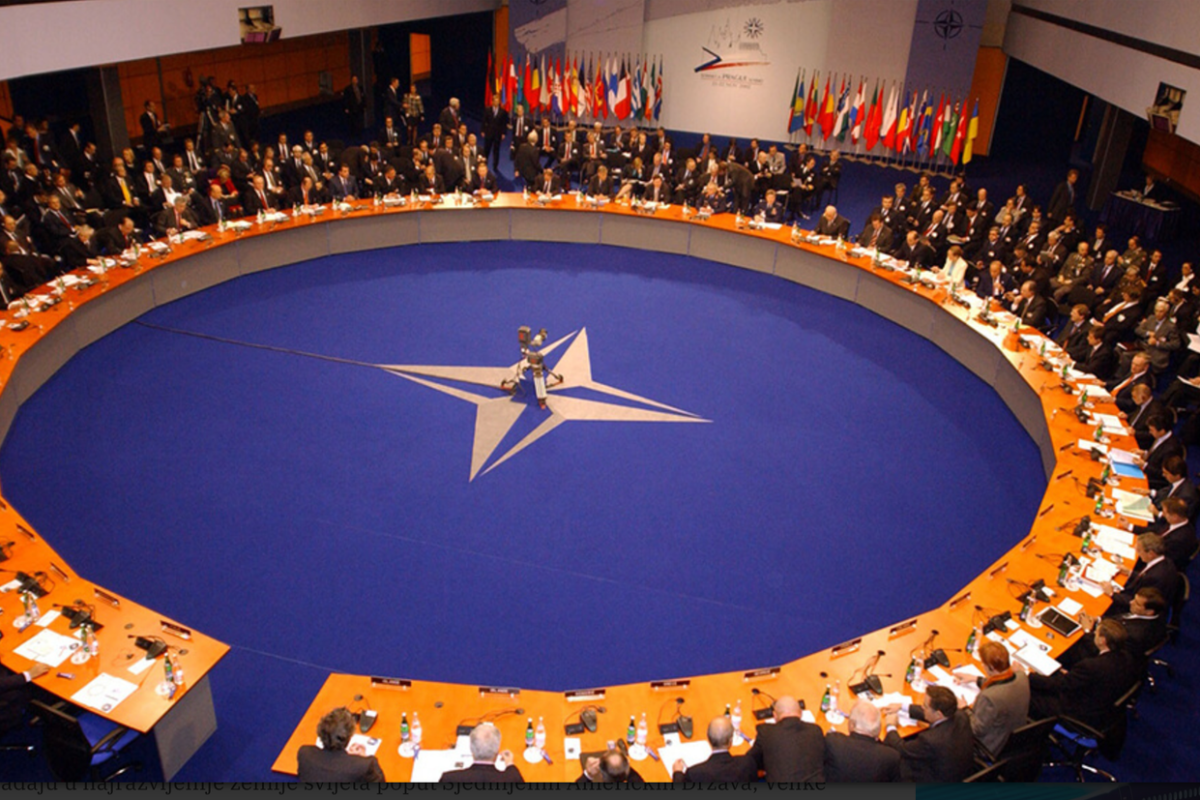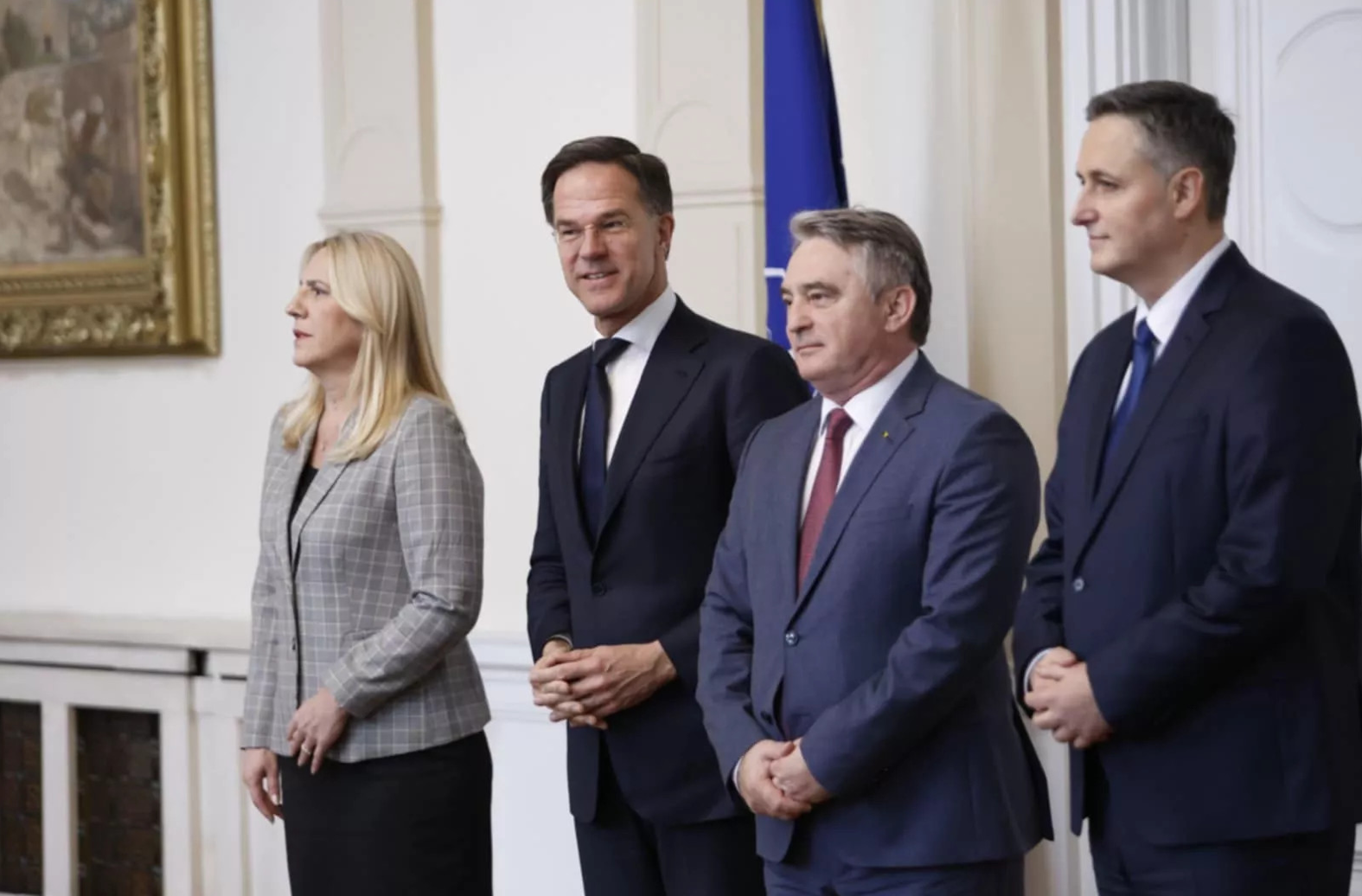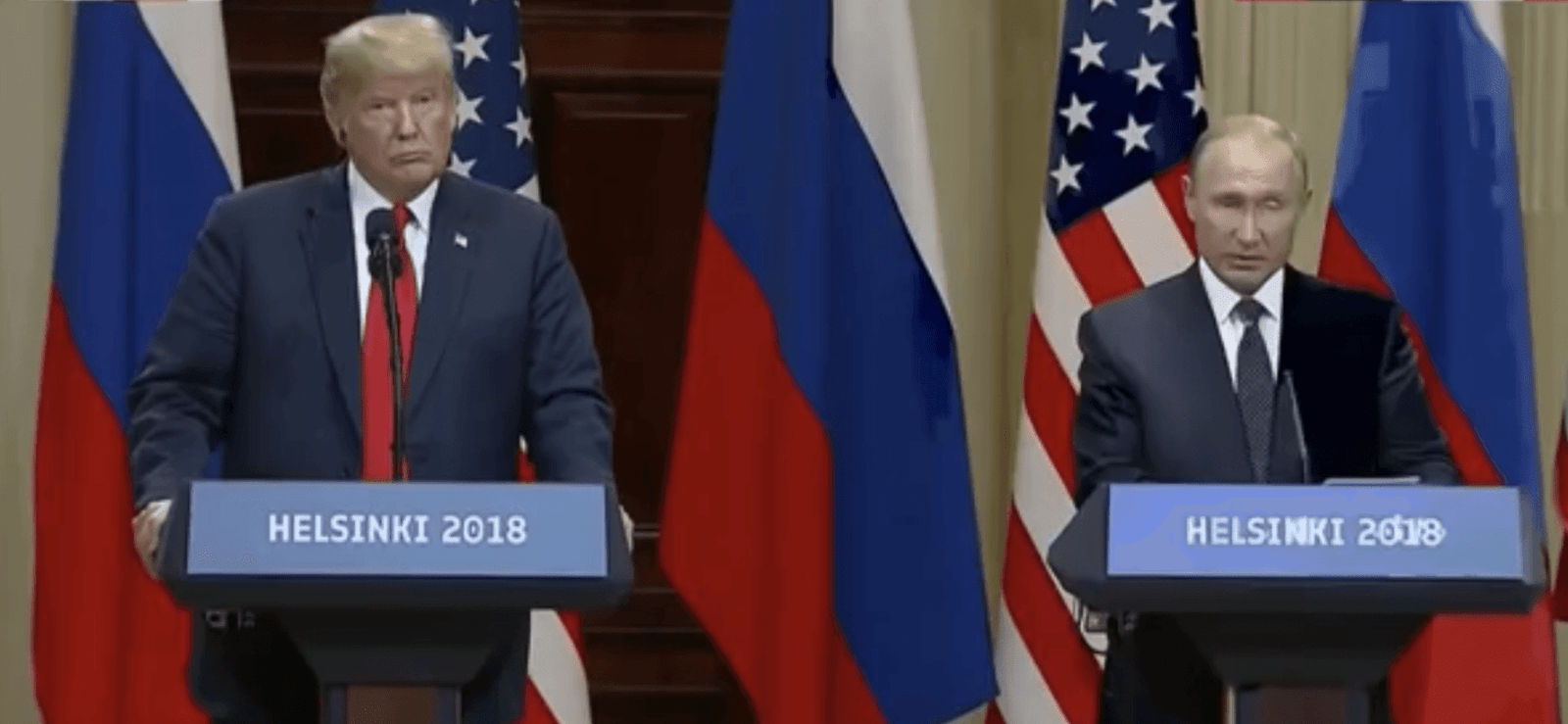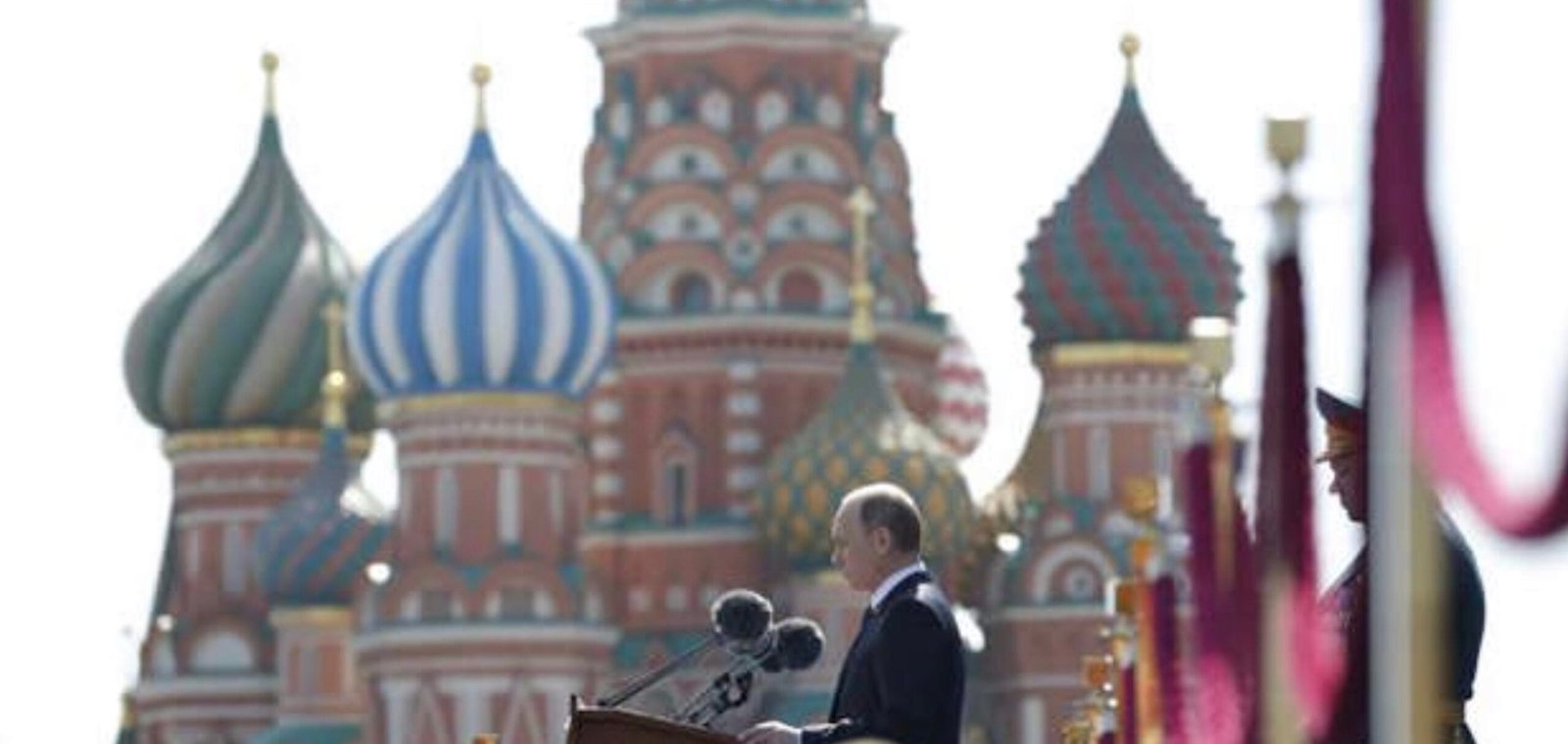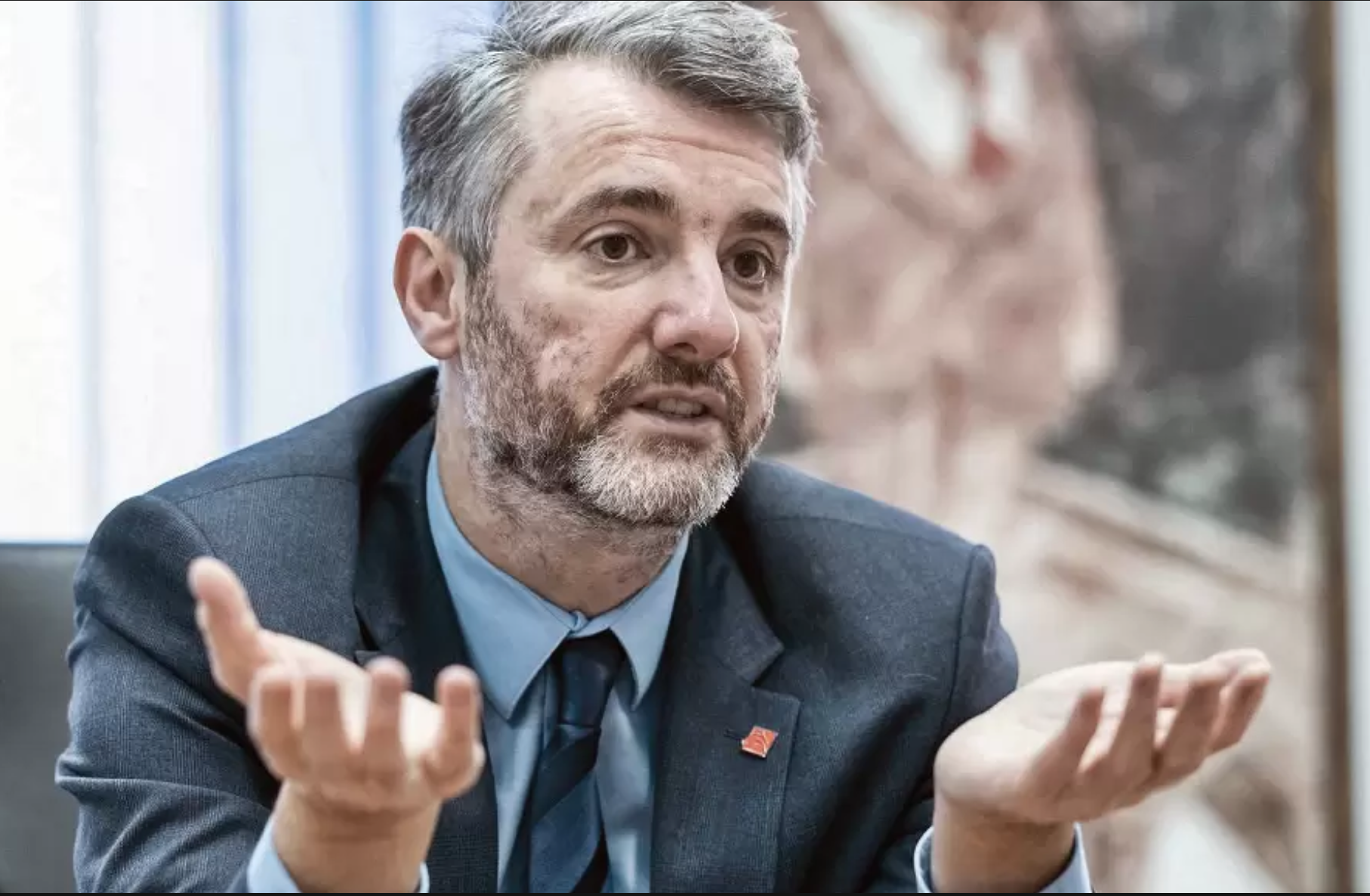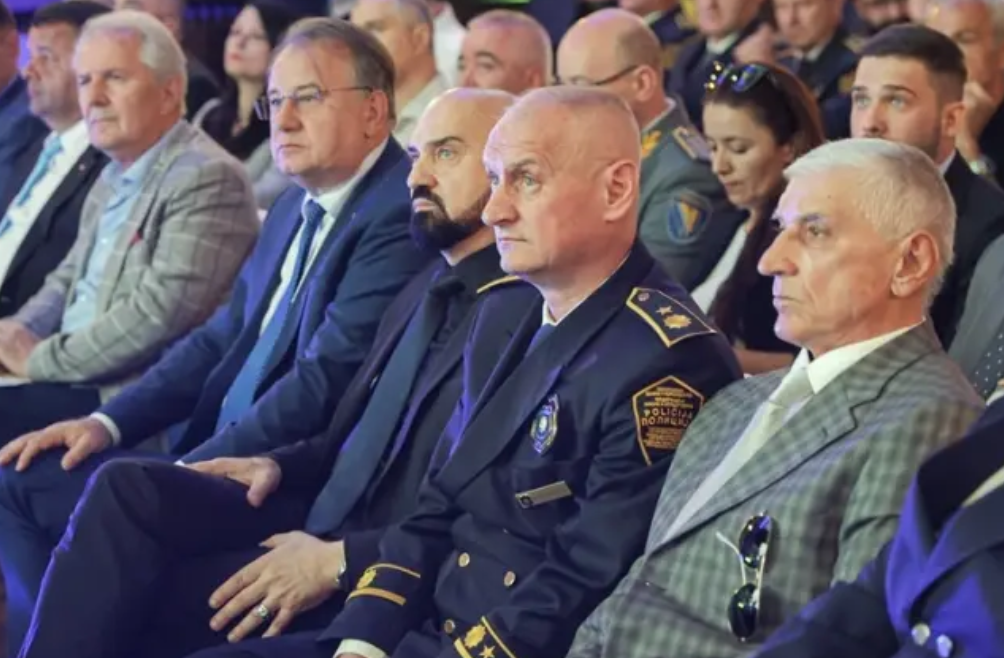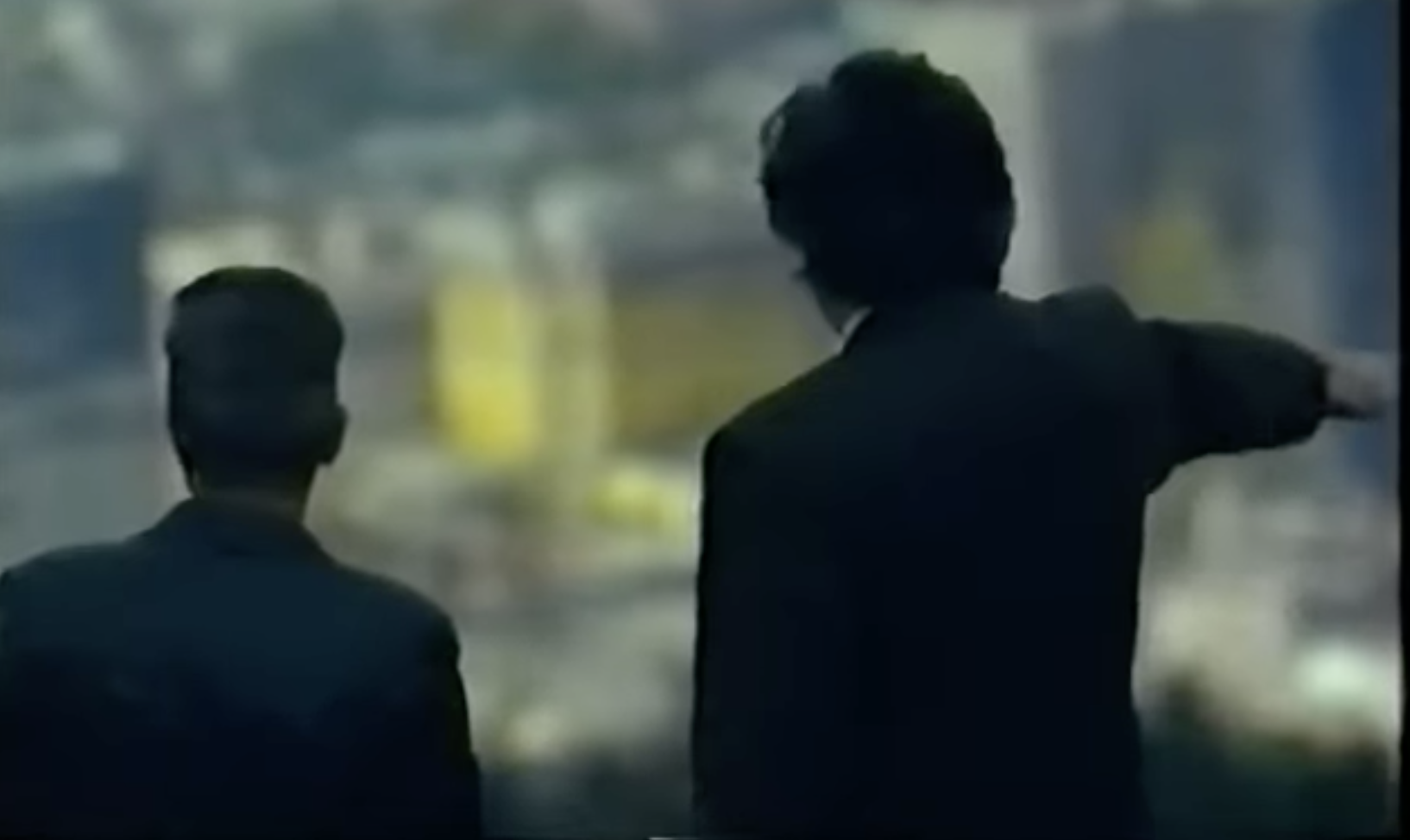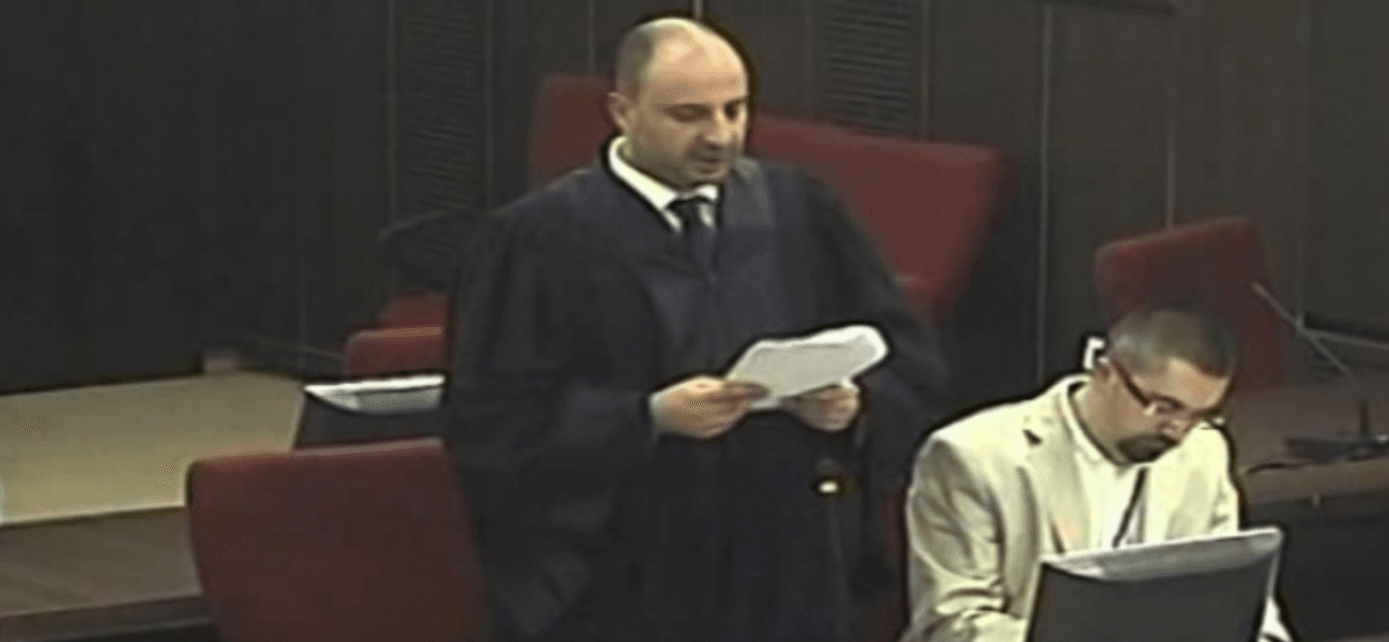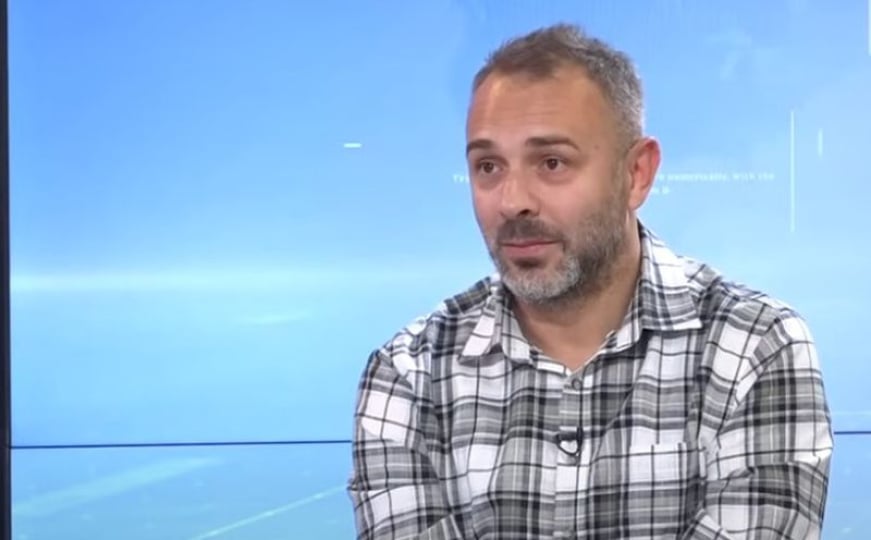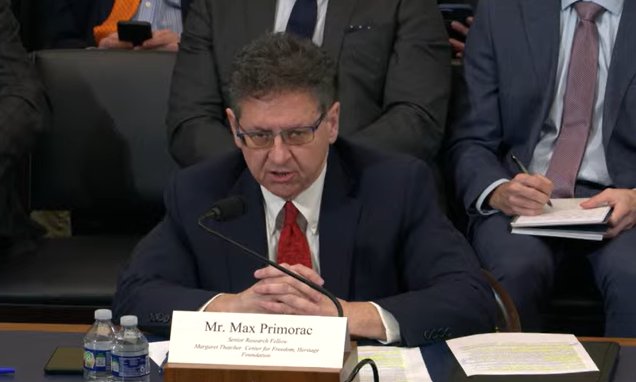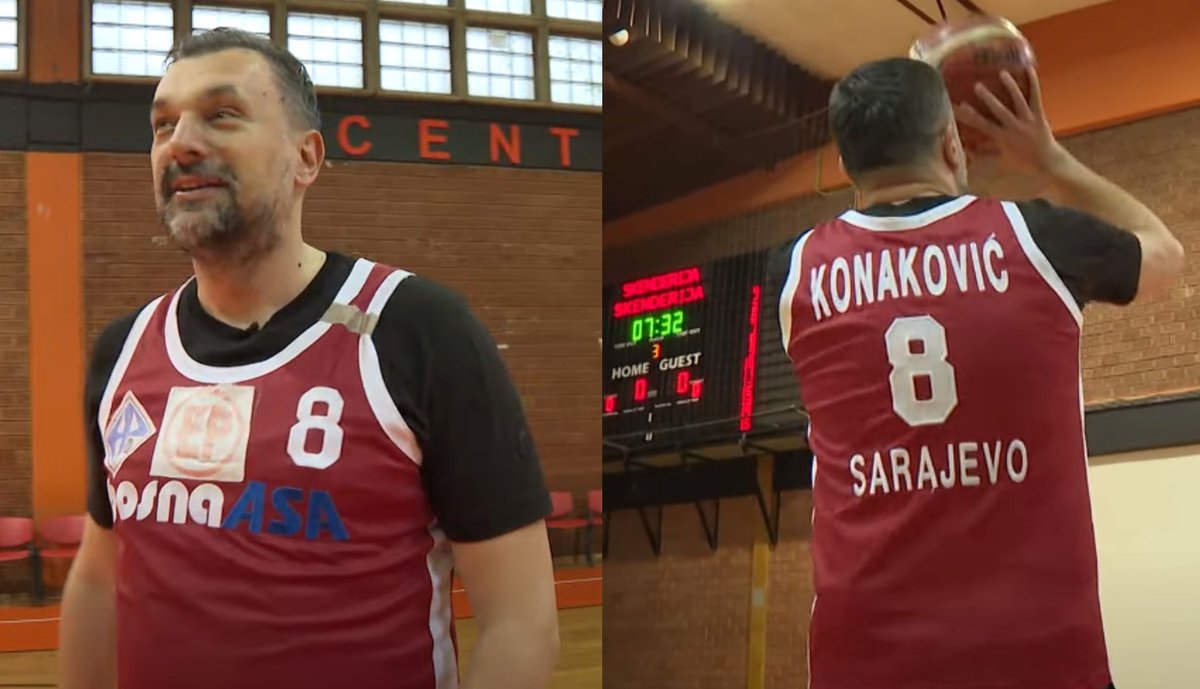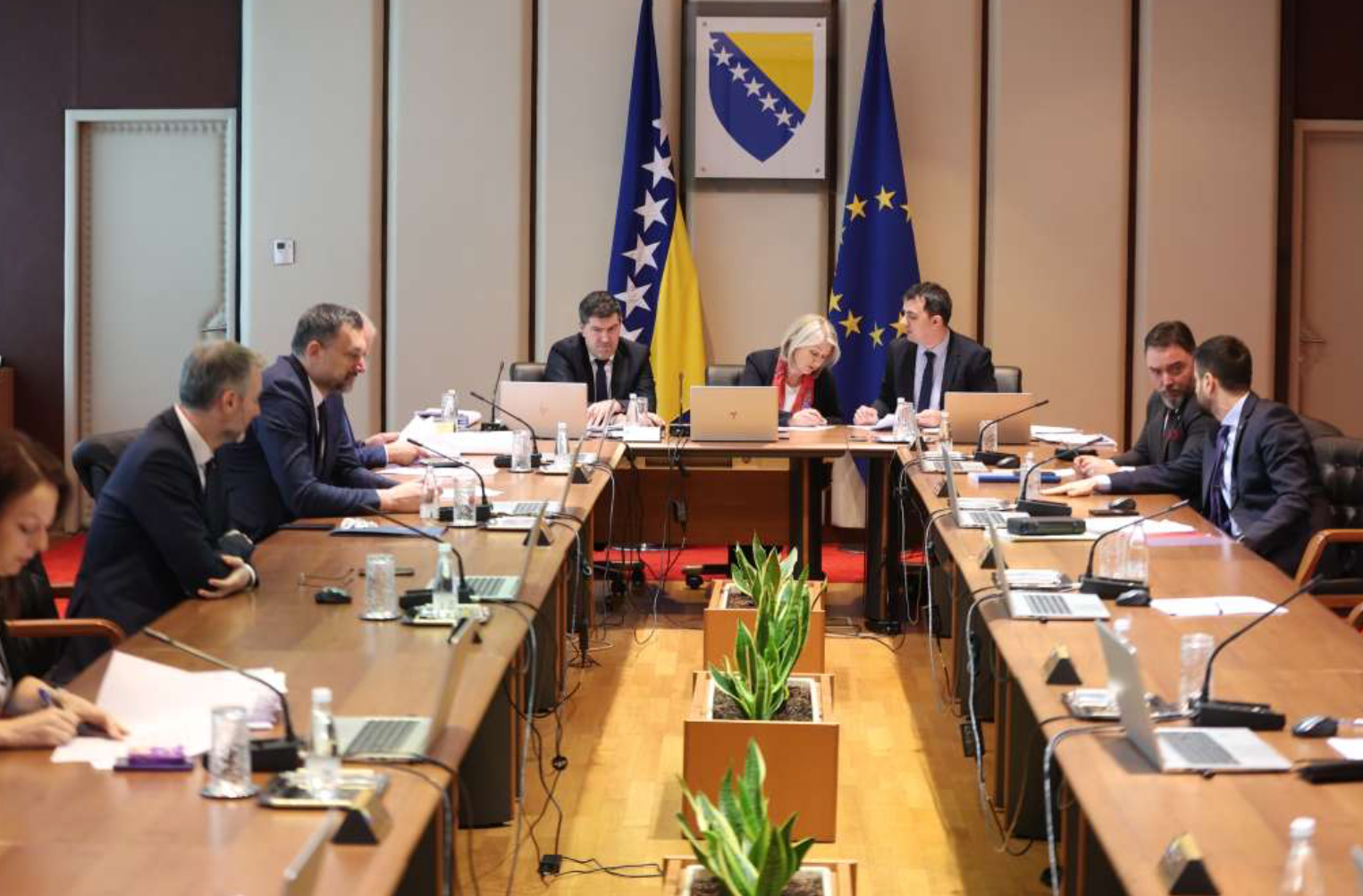Regardless of summits and declarations, the NATO alliance is not equipped for a looming war in Europe. Three threats now hover over the European continent – an isolationist America, a belligerent Russia, and an unprepared NATO.
The uncertain outcome of America’s presidential elections in November have heightened fears that Europe will have to finally protect itself without US leadership. And many remember that the last American military absence from Europe culminated in World War Two. Some European leaders felt relieved when Biden announced that he would not seek re-election, but they remain fearful that the trans-Atlanticist Vice President Kamala Harris may be unable to defeat a highly unpredictable Donald Trump.
Trump’s criticisms of NATO, his calls for withdrawing American troops from Europe, and his isolationist and transactional instincts have unnerved traditional allies. He may weaken the Alliance without formally ending US membership. Trump will expect all European countries to substantially increase their defense spending, while reorientating toward the Far East, with several of his advisors viewing China as America’s pre-eminent threat.
Although Trump would maintain the nuclear umbrella over Europe, together with airbases and a naval fleet, the remaining land forces are likely to evacuate as America will no longer supply significant combat power. Trump would also halt any further NATO enlargement, whether in the Western Balkans or Europe’s east. The EU itself would be even less likely to accept new members if they are involved in mounting internal and external conflicts because of shrinking American involvement.
While the world is becoming more dangerous and conflict-prone, Trump’s foreign policy does not focus on US leadership but trumpets an “America first” strategy reminiscent of the isolationists before and during World War Two. Although Trump boasts that he will restore global peace, his strategy is not even trusted by his former national security officials. Trump will basically follow whatever policy can benefit him personally and what he can sell to his supporters as a success even if this means appeasing Russian, Chinese, and Serbian dictators.
Russia is a growing threat to European security, especially if it persists in its war against Ukraine and replenishes its military forces. Several Central-East European governments have warned that Russia needs to be comprehensively defeated in Ukraine to prevent a wider war in the next two to three years. Despite Kremlin threats, a nuclear war of mutual destruction is not on the horizon and Moscow does not currently possess the capabilities for a conventional invasion. However, one significant danger is for Russia to stage a limited strike on NATO territory, such as one of the Baltic states. The destruction of an infrastructural or military facility without Allied counterstrikes led by Washington would simply embolden Moscow. Putin may even calculate that Trump would not intervene and risk an all-out war with Russia.
Without US leadership, European NATO may prove too weak and fractious to respond to a Russian provocation or to renewed violence in the Balkans engineered by Belgrade or Banja Luka.
NATO has three major shortcomings – mental, military, and manpower. Psychologically, the public is not prepared for war and some West European leaders are scrambling to build up their depleted defenses. For instance, Germany and Britain have just signed a defense pact amidst fears that a Trump victory would be a disaster for European security. The deal commits both sides to ramp up industrial coordination, conduct joint operations, and maintain support to Ukraine.
Only the eastern flank NATO members, led by Poland, appear to be comprehensively preparing for war with Russia. Warsaw’s defense spending is consistently rising and its armed force expanding. According to the most recent NATO statistics, Poland is now the main spender on defense at 4.12% of the GDP and projected to rise to 5% next year. US defense spending stands at 3.38%. Poland is doubling the size of its armed forces to 300,000 personnel. It now possesses NATO’s third-largest military and the biggest in Europe, behind only the US and Turkey and well ahead of France, Germany, Italy, and the UK.
Although NATO has recognized Russia as a growing military threat and boosted its capabilities over the past decade, this may be insufficient without US leadership. Russia’s war in Ukraine prompted allies to reassess their readiness and to strengthen their defenses. NATO is implementing a comprehensive defense plan, in which about 500,000 troops are to be placed at “high readiness.” However, such a force even if it could be rapidly assembled would still be too small if a full-scale Russian invasion was staged along the eastern front, and there are doubts whether it would be sufficiently equipped for a protracted war.
To become effective, European NATO must focus on social mobilization, industrial capacity, and defense spending. It must substantially build up its defense industries and expand its regular armed forces and reserves. In preparation for a future large-scale war, several governments have reintroduced or expanded compulsory military service while grappling with the question of how to mobilize millions of soldiers when hostilities erupt.
NATO is not a centralized body or even a confederation such as the EU, and all states are free to pursue their own security policies rather than pooling production and military resources. The big test will come when a NATO member is attacked by Russia, even if the attack is initially small scale. A weak and divided response will simply encourage Moscow to escalate. Western consensus may prove difficult to attain especially without a US presence. Instead, we are likely to witness the emergence of a mini “NATO of the willing.” This would involve states committed to expanding their military capabilities and willing to fight because they view Russia as an existential threat that must be defeated regardless of US policy.
Janusz Bugajski is a Senior Fellow at the Jamestown Foundation in Washington DC. His recent book is Failed State: A Guide to Russia’s Rupture. His new book published in the fall is titled Pivotal Poland: Europe’s Rising Power.


